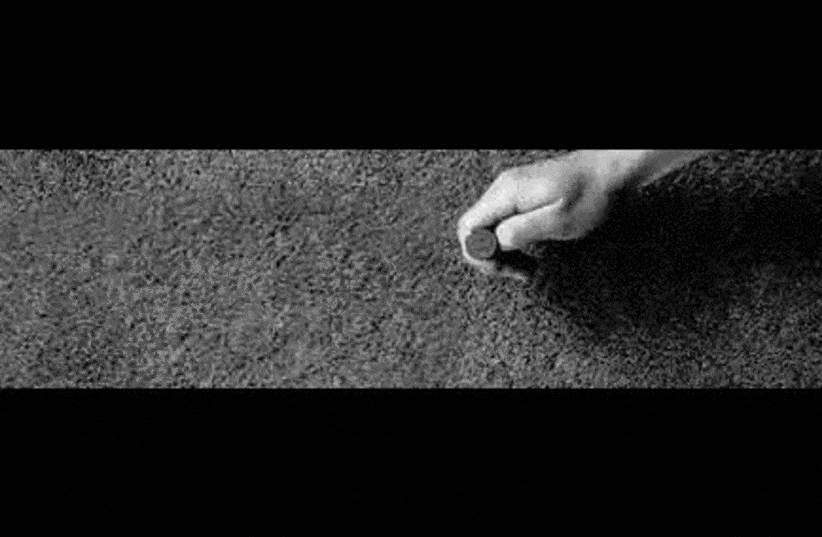Research proves that coin tosses are not evenly split between success and loss for each side. Contrary to popular belief, one side holds a slight advantage over the other.
Coin tossing has been a common practice since ancient times, helping determine who goes first in games or aiding decision-making. With two sides to every coin, the side it lands on should be entirely random, suggesting a 50 percent probability for each side.
Which side is the winning side?
However, researchers, led by American mathematician Persi Diaconis, claim that one side has a higher likelihood of landing face-up due to spending more time in the air with that side facing up. In other words, a bias exists.
Diaconis discovered, after analyzing a smaller ideal number of recorded coin tosses, that coins land on the same side from which they were tossed approximately 51% of the time. The team enlisted the participation of 48 individuals who collectively tossed 350,757 coins of various types. Overall, the results showed a 50.8 percent chance of the coin landing with the same outcome as before the toss.

Further analysis revealed substantial variations in coin flips between people, with some exhibiting a strong bias while others displayed none at all. Although the percentages may seem small, they can accumulate over time, providing an advantage, especially if one were to convince someone to bet on coin flips repeatedly across 1,000 rounds.
Understanding the science via gambling scenarios
The team explained that the magnitude of the bias can be exemplified in gambling scenarios.
If you wagered one dollar in a coin toss (where you pay one dollar to enter and can win either zero or two dollars depending on the outcome) and repeated the game 1,000 times, knowing the starting position of the coin toss would give you an average advantage and profit of $19.
Additionally, when a coin repeatedly lands on the same side, many people tend to believe that the probability of it landing on the other side in the following toss increases. This cognitive bias is known as the gambler's fallacy.
Assuming the coin is fair since each toss is independent, the chances of landing on either side in the next toss are equal. However, if the coin is biased, the probability of landing on the side it previously fell on becomes significantly higher. Mathematician John Krich once conducted a similar experiment to test the fairness of coins, although, in mathematics, experiments do not serve as acceptable proofs.
As a prisoner of the Nazis during World War II, Krich devoted his time to tossing the same coin 10,000 times and recording the results. The coin landed on the "tree" side 5,067 times (50.67%). By the 6,000th toss, the results showed a 50.1% likelihood of landing on the "tree."
